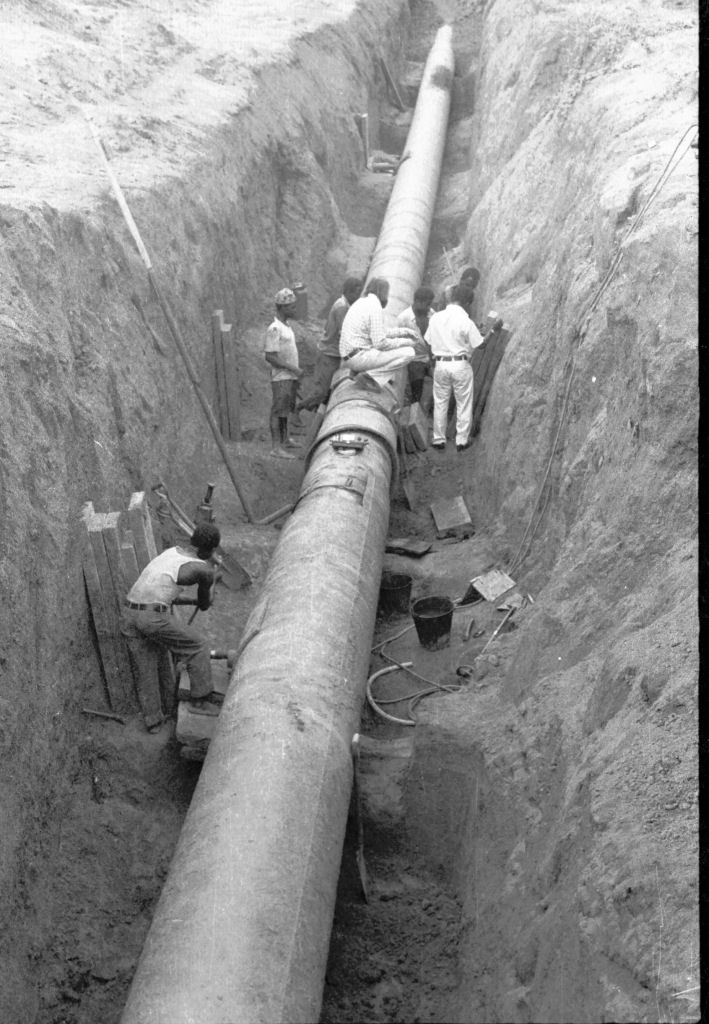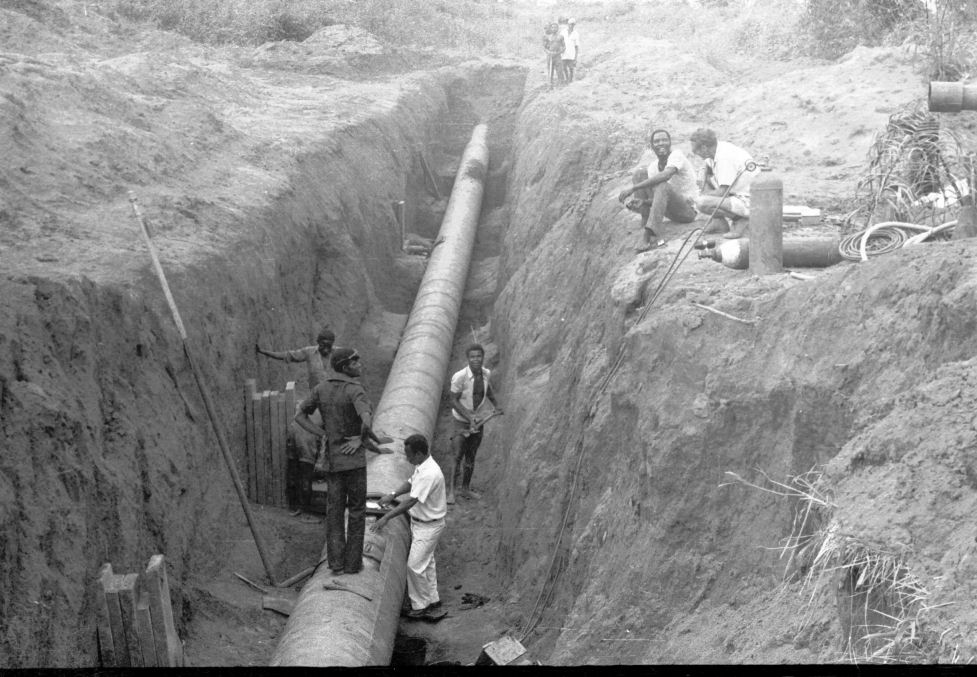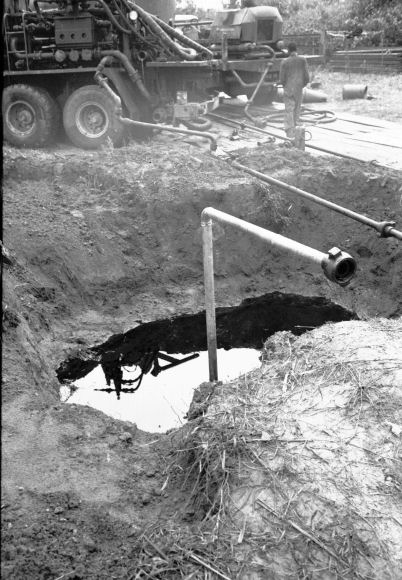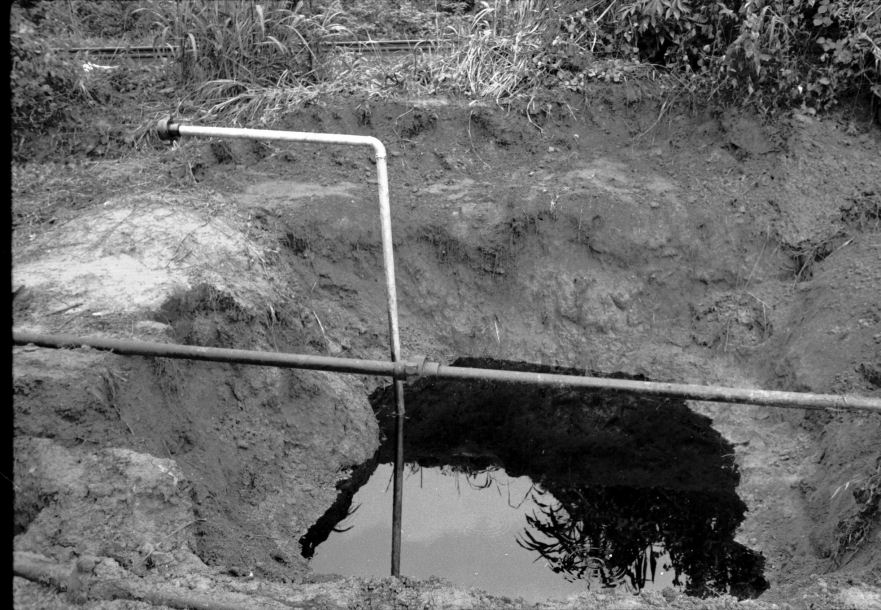Cathodic Protection International Ltd
Case Study 3
Whilst working for Shell-BP Development Corporation (Nigeria), in the position of ENGE 18 (in charge of the corrosion control section) Port Harcourt, Rivers State, Nigeria I was responsible for all corrosion related matters in the Eastern Division.
Using my own survey techniques I was able to correctly predict that there was active corrosion in the area where the Trans Nigerian Pipeline passed under the main Aba to Port Harcourt railway line. If this pipeline failed at this crossing it would have had a major impact on the countries economy and the export of up to 1 million barrels per day of crude oil through the Bonny Export Terminal.
I had established good relationships with the local tribes who I utilised as contractors, thus reducing the risk of death or kidnap. (A local pass-time to this day)
I was visited by Shell International Corrosion engineers who understood the problem and witnessed my techniques that had been successful in pinpointing the location. Excavations had revealed the success of my predictions and they gave me the go-ahead to carry out the work which I proposed.

I'm to be seen squatting on top of the pipe and Dwonomwi Abidiac
checking the hydraulic jack padding to the right.
The main problem was that the product carrier pipe was in direct metalic contact with the bare steel sleeve through which it passed under the railway. This effectively short circuited the cathodic protection system which could not be adjusted to protect the carrier pipe within the anulus.
Fortunately there was a dog leg in the configuration at this point and and I was able to design an operation which would use the permissable flex and move the pipeline sufficiently to clear the short circuit. As this was a risky operation I made models to demonstrate the principles involved and the predicted result. Neither the railway nor the pipeline could be closed down at any time.

Dwonomwi Abidiac still down the trench checking the spacer while Chima and Rod Kuntz
of Dowel-Schlumberger can be seen chatting on the top right.
A local engineer called Chima was given the oportunity to bid for this work and submitted a tender at about 30% of the value of international competitors. The proposals and his competance were scrutinised upwards to the level of Shell International and given the go-ahead.
The short circuit was successfully removed and the anulus was filled with a compound designed by Dowel Schlumberger.


This stabilised the situation for the long term and no further corrosion has been found in this vicinity.
Details of the techniques that I used during these investigations can be acquired during Cathodic Protection Network Training Course.



